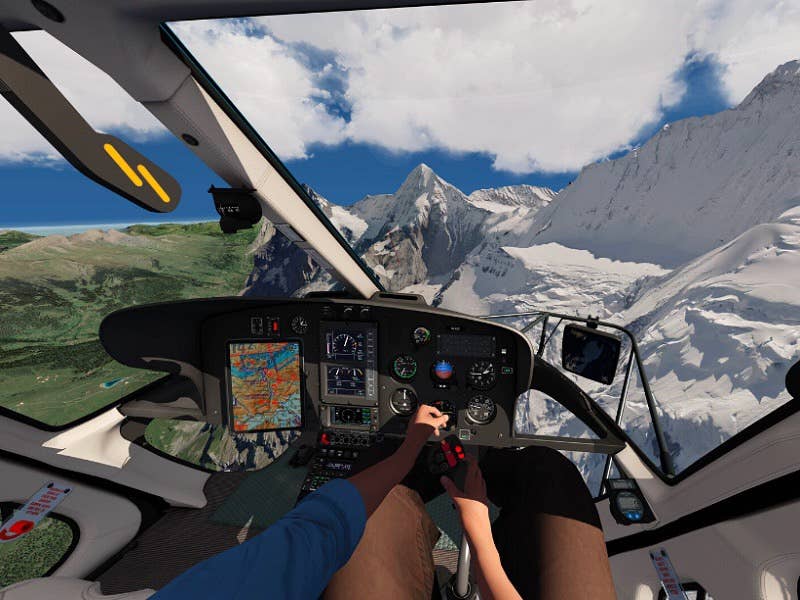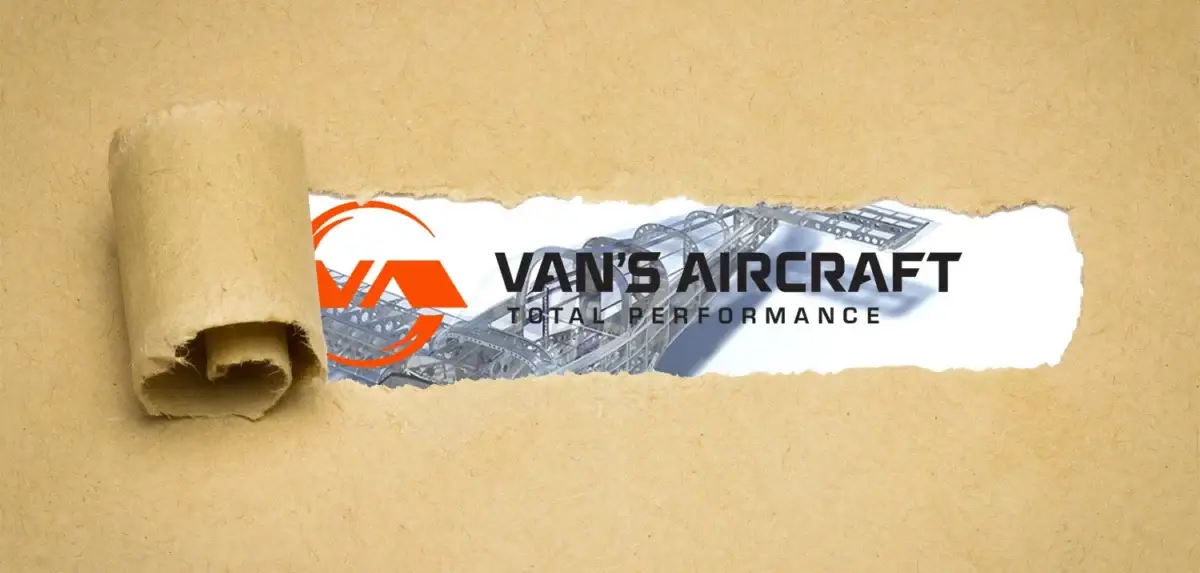Death by Time Builder
Commentary: A fatal flight in Kentucky last week—involving a CFI using Snapchat to demean a young student pilot—was entirely preventable.

What do time builders, experience builders, and flight instructors have in common? They all work at flight schools, but only two of them can teach you how to fly. Flight instructors have chosen to make teaching people to fly their career. Experience builders are teaching people to fly and building their own hours for other aviation jobs. Flight instructors and experience builders are more likely to use a syllabus and airman certification standards from day one.
Time builders are the flight instructors who, although they hold an instructor certificate, are focused on building their hours, not teaching. They may not know how to teach beyond the test because that's how they were trained. This is particularly common if they went through an accelerated program where the focus is get 'em, get 'em out.
Rote learning, as opposed to understanding, application, and the level where we seek correlation often doesn't happen. Correlation requires the learner to perform real-world tasks and exhibit in-depth knowledge by problem-solving rather than responding by rote.
It is coming back to bite us. The number of time builders teaching to the rote level is manifesting at the private pilot level as the failure rate for private pilot applicants on the check ride, which is higher than 50 percent in some places. They are being pushed through the pipeline just as many of their instructors were. The experience boxes have been checked and endorsements given, but even if the applicant passes the check ride, that doesn't mean they are ready for the real world. This is particularly true of instructor applicants.
Currently, the instructor community at large is talking about a particular crash—I cannot in good conscience call this one an accident—that happened in Kentucky last week involving a time builder instructor with an affinity for social media and an 18-year-old private pilot candidate. I can't call it an accident because there were so many blatant mistakes and failures to identify and address. I have been a CFI for 20 years, and I have never seen one like this before.
Details
On September 27, the Piper Warrior belonging to Eagle Flight Academy in Owensboro, Kentucky, was supposed to make a night flight from Owensboro/Daviess County Regional Airport (KOWB) to Bowling Green-Warren County Regional Airport (KBWG) in Kentucky.
Aboard were Connor Quisenberry, a private pilot candidate, and flight instructor Timothy McKellar Jr., 22.
The events of the evening were documented by McKellar on Snapchat. That's right. The flight instructor decided to document the flight. It is clear that Quisenberry is not a regular student of McKellar’s, because McKellar's Snapchat story begins with him talking to the camera and shaking his head along with the caption, “me and this student should not get along if he was my full-time student. I’ve seen faster at the Special Olympics.”
If that blatant smear isn’t enough to turn the viewer away, it gets worse. The camera angle is then reversed to show Quisenberry, flashlight in hand, performing what appears to be the preflight inspection of the Warrior. McKellar impatiently taps his fingers on the outside of the aircraft.
McKellar expresses impatience with Quisenberry who “wanted to have a conversation” when the instructor wants to get the flight over with because he has to be up at 4:30 a.m. McKellar refers to Quisenberry as “Forrest Gump.” The time stamp of the Snapchat shows 8:39 p.m. as McKellar is heard saying, “C’mon.” He posts that the pair have a three-hour flight ahead. The video continues showing the night takeoff and in-flight cruise.
McKellar makes a second reference to Quisenberry as Forrest Gump, stating that he is "just giving it to him straight up,” to which Quisenberry allegedly replies to the criticism by saying, “I don’t mind you being hard on me. I know I need it.”
The final Snapchat posted by McKellar shows a preview of the flight path from Bowling Green to Owensboro over top radar showing severe storms heading toward them.
McKellar circles the storms and writes, “headed are [sic] way like a group of pissed off hornets.”
It has not escaped the instructor community that McKellar, who was critical of the intellectual capacity of Quisenberry, uses "are" instead of "our" in his post. And continued the flight into a thunderstorm.
The TAFs and METARs from the area at the time of the flight showed severe weather in all quadrants. The question is asked: Given this information as noted by Snapchat, why did the flight continue?
The Last Moments
You cannot visually see thunderclouds at night, but apparently the flight continued into them as FlightAware shows the aircraft made some extreme altitude fluctuations, and McKellar asked for an IFR clearance and was told to head east before contact was lost.
According to local law enforcement, the wreckage was found spread out over three-quarters of a mile in mountainous terrain. The National Transportation Safety Board is expected to release a preliminary report on the accident in a few weeks.
Aftermath
McKellar's behavior will likely be used as a case study for future flight instructor candidates. Frustration on the part of both the instructor and learner is a normal part of the flight training process, and both must learn to deal with it.
The flight instructor is supposed to be able to compartmentalize it, or at the very least restrain themself from publicly shaming their learner on social media. It goes the other way too. Learners who do this to their instructors will likely find themselves ostracized from the flight school. Remember the phrase “praise in public, criticize in private”—and make that criticism constructive.
McKellar's friends and family have defended him on social media, insisting “Junior was a jokester and just messing with his student” and suggesting people view McKellar's YouTube channel.
There is a lot of aviation there, including a video where McKellar appears to sip 100LL from a sump cup then jokes how he will smell like fuel for the rest of the day.
McKellar was a relatively inexperienced instructor. His social media shows he soloed in October 2020 at a small flight school then did the bulk of his training at ATP Flight School, the largest accelerated training program in the U.S. He earned his commercial and flight instructor certificates in May 2023. It is not clear how many hours of dual instruction he had accrued before the last flight.
Had McKellar not chosen to Snapchat the ill-fated flight, this might have been viewed as just a bad accident. Rule No. 1 is keep the learner safe, noting the pilot in command (PIC)—in this case, the CFI—is responsible for the safety of the flight. McKellar was PIC, and he failed miserably at this task.
Is This One Age Related?
It has been suggested that age is a factor in this event. How mature were you at 22? Were you starting a business? Going to school? Still living off Mom and Dad? Starting a career? Trying to find a career? Maturity at any age runs the gamut.
While there is a numeric quality to maturity, it very much depends on the person. There is no maturity test for flight instructors, which is unfortunate since, although it is an entry level position to a flying career, the stakes are quite high.
There are 18- to 20-somethings who work as CFIs as a means of building their hours and are good teachers. They listen to their learners and seek the counsel of more experienced instructors when they run into a challenge. They may even sit in on the ground schools taught by more experienced instructors because they want to improve their skills. They understand that telling a learner about something or demonstrating it in the aircraft doesn't necessarily mean learning has taken place.
Much of this comes down to communication skills. As far as McKellar's “giving it to [sic] the learner straight up,” direct communication can be accomplished without being insulting. When providing guidance to the learner, refer to the airman certification standards for the metrics they are measured to. "Your altitude sucks" or "you're so rusty, we need a jack hammer" are neither professional nor helpful communication. All the learner may take from this is that they don't want to fly with you again.
It is heartbreaking that Quisenberry allegedly accepted McKellar's behavior as the norm. Connor, I know you can't hear me when I say this, but I speak to all the other Connors out there: I am sorry this happened to you. Albeit, the concept of an instructor being hard on a learner can be a matter of perspective. If an instructor says your skills need some work, they don't say it to be mean. The professional CFIs will pull out the ACS to show you where the soft spots in your skills are. Then they will help you shore them up. No CFI wants you to bend metal, get hurt or fail a check ride.
There is a big difference between "being hard" on a learner by holding you to the standards set forth in the ACS and being insulting or verbally abusive. If you had a little more life experience under your belt, you might have walked away from this CFI. And no one would have blamed you.

Sign-up for newsletters & special offers!
Get the latest FLYING stories & special offers delivered directly to your inbox





